Tennis Lessons for Children – What to Keep in Mind?
Tennis is well-known as a sport that everyone can successfully practice throughout life. Although it is never too late to start with tennis lessons, beginning as a child adds a lot to both physical and psychological development. But what are the most important aspects to keep in mind when training children? Read on and find out what leading youth coaches have said.
When and Where to Start? How to Choose a Coach?
If you want your child to start playing tennis, when should the lessons start? A general opinion is that the best time to start with tennis is at the age of 5-6. In our society, the physical capacity of young people is constantly declining, so the sooner one starts playing any sport, the better. Thanks to the fact that tennis tests the player’s body and the brain, it is an extraordinarily developing sport. Tennis provides excellent coordination and sportiness that most players will continue throughout their lives.
Today, we see very different combinations that are used in the training of children and young people. One only does private training, whereas the other only participates in group training, and the third one tries to find a balance between the two options. Is it better to start with a group or private lessons? Most tennis coaches think that children should start with group activities and be careful with private training. In the beginning, they should even be called “helping hours” rather than training, since attention is paid to the player’s weaknesses.
How to choose a coach? Does the parent have the opportunity to select a coach at all? Generally, in the case of private training, you can choose, but not for group training. Instead, it is crucial to choose a club known for keeping children’s tennis lessons at a good level.
How Much Should the Child Train?
The child has been training for some time, some things are getting better, but the development could be faster. When is it time to increase the training load? According to many children’s coaches, it largely depends on their age, time load, and physical readiness. If the child can focus on exercise and endure physically, it is possible to increase the load by starting with the number of training sessions: initially two times, then three times a week, and so on. According to the development, the duration of training can also be increased. Here, however, the criterion is always the child’s physical readiness to increase the load.
Until the age of 12-13, children’s tennis lessons could be supplemented with another sport; for example, a child could play ball games or athletics. Versatility is the basis for success and higher goals.
How to Figure out if the Child Has Potential?
The most important question for any parent is probably how to figure out if the child has potential. Well – if you can see good results, which are an indicator of a child’s potential, you could start training more severely sub-specifically at the age mentioned above. By this time, the basics and strokes of tennis should be clear to the player. The desire to compete is also a very important character trait, without which there is no hope of growing more serious than an amateur.
In case of a more serious desire to train, a private tennis court is of great help. Thanks to the private tennis court, the child has the opportunity to practice at any time and just a few steps from the front door. Artificial grass, which is relatively soft compared to other court surfaces, is especially suitable for children’s tennis lessons. While clay courts can easily cause injuries due to the mobility of the material and hard courts shake hard joints, the softness of the artificial grass helps prevent injuries. The artificial grass also reduces tension on all delicate areas, such as ankles, hips, knees, and back.
What to Keep in Mind as a Parent?
Although we all know that the coach knows the most about a child’s development, as a parent, there is often a desire to intervene and participate in the process. What are the role and primary task of a parent?
As a parent, the most important thing is to support the child’s aspirations and avoid criticism if the child really tries, but the result is not quite what is expected, as many leading children’s tennis coaches have said. Children are very different, and if some people find it easier in the beginning, the other has to work hard. Direct intervention rarely produces good results: it is rather advisable to ask questions in a calmer atmosphere. Certainly, an important measure is the emotions with which the child comes from training – children’s tennis lessons must also be playful and exciting.
The most important but often the most challenging task for a parent is maintaining a good and positive atmosphere. As in life, there are both better and worse times in sports. In the beginning, the parent has a significant role to play in keeping the child participating in training and later to support the achievement of goals. The older the child, the less a parent should interfere with the specific content of the training. At the same time, it is necessary to act when a child is well above the training companions and the coach is not trying to look for ways to involve stronger players in the training process.
Children’s Tennis Lessons – the Basis for Lifelong Activity!
Tennis is one of the best sports to start with. Children’s tennis training helps to acquire all the necessary skills and develop both psychologically and physically while allowing the child to enjoy fun activities at the same time. When starting to play tennis more seriously, we recommend that you consider building a private tennis court precisely because of your body friendliness and easy maintenance.
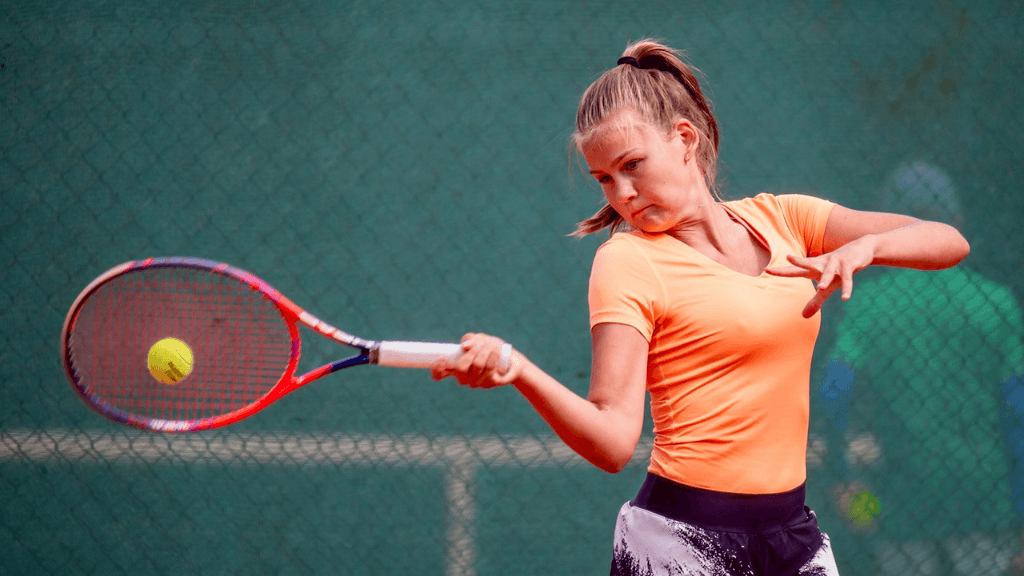
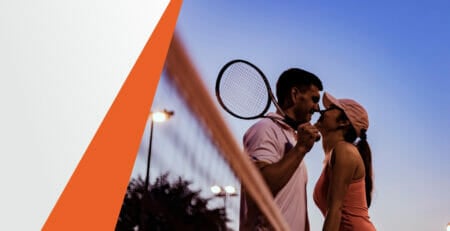
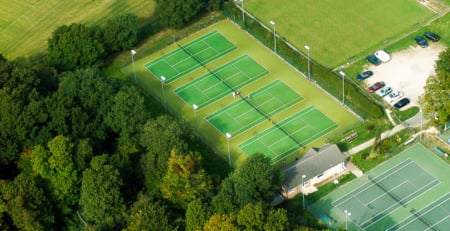
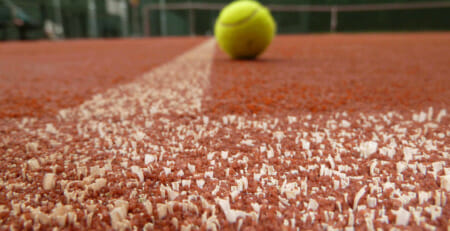
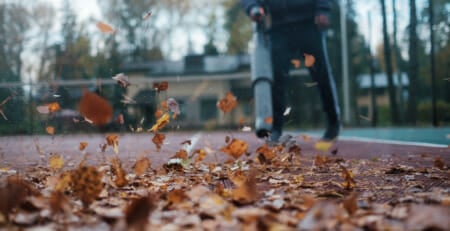
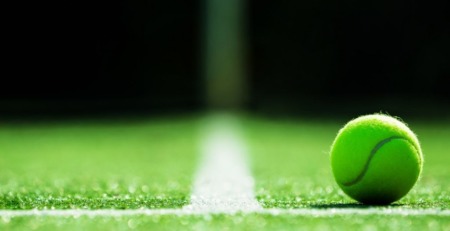
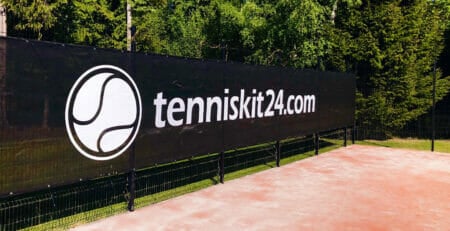
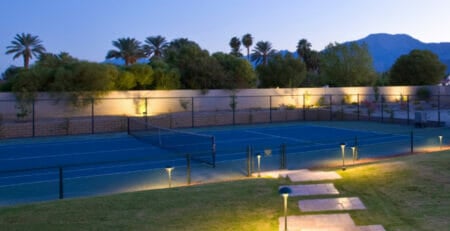
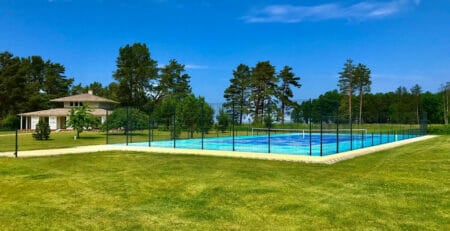
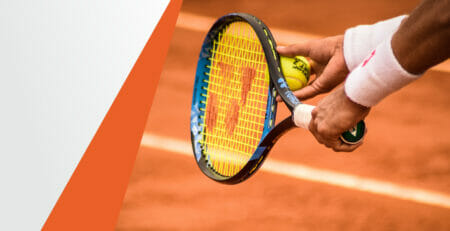

Leave a Reply